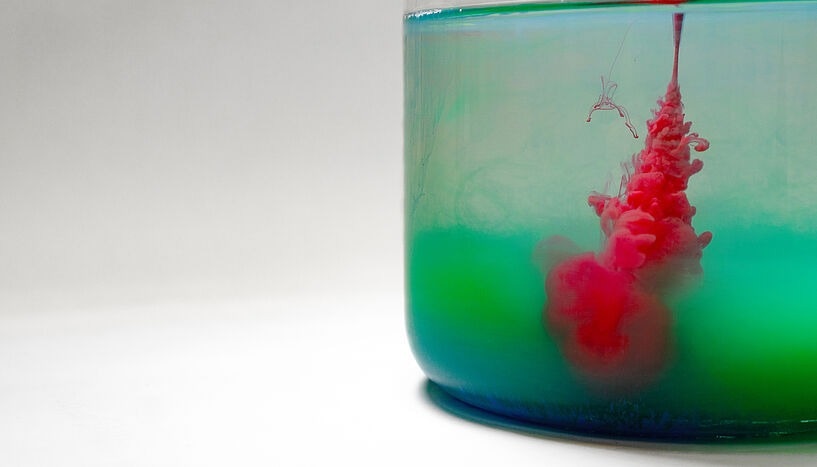Biodiversity is in danger as a result of environmental chemical pollution. But the complication of this pollution continues to be inadequately recognized by decision-makers.
 Chemicals threaten biodiversity—not only because they can directly poison animals and plants, but because they impair the living conditions and functions of organisms. Image Credit: © Gabriel Sigmund & Aaron Kintzi.
Chemicals threaten biodiversity—not only because they can directly poison animals and plants, but because they impair the living conditions and functions of organisms. Image Credit: © Gabriel Sigmund & Aaron Kintzi.
This was argued by the international scientists headed by Gabriel Sigmund from the University of Vienna and Ksenia Groh from the Swiss Federal Institute of Aquatic Science and Technology (Eawag) in the most recent issue of “Science.”
Their study appears shortly before the international negotiations on the known “post-2020 Global Biodiversity Framework”. These will happen from the 21st of June in Nairobi (Kenya).
Although the draft agreement mentions chemical pollution, it only takes into account nutrients, pesticides and plastic waste and thus falls too short.
Gabriel Sigmund, Environmental Scientist, University of Wien
“Many highly problematic chemicals that pollute the environment and thus threaten the diversity of animal and plant species are simply overlooked,” added ecotoxicologist Ksenia Groh.
This implies that the agreement does not do any equity to the huge diversity of man-made chemicals. Industrial chemicals, poisonous metals, chemicals from consumer goods, pharmaceuticals, and the frequently unknown transformation products of such chemicals have not yet been considered in the draft agreement of the post-2020 Global Biodiversity Framework.
Chemicals Reduce the Resistance of Living Organisms
The chemical pollutants tend to impact organisms in the surroundings both directly and indirectly and can hence result in the decline or even death of sensitive species. For instance, populations of Orca whales off the coasts of Canada, Brazil, Japan, and Gibraltar are endangered as a result of the high concentrations of industrial chemicals in their bodies.
Moreover, the genetic diversity of plants and animals may decrease if they adapt to chemical exposure.
“If the genetic diversity of populations decreases, their resilience to stressors such as global warming and other aspects of global change will also decline,” Groh warned.
Such indirect effects of chemical pollution and countless other interactions with other substances that threaten biodiversity and ecosystems are ignored when the focus is limited to nutrients, pesticides and plastics.
Gabriel Sigmund, Environmental Scientist, University of Wien
Sigmund has been researching environmental pollutants at the Centre for Microbiology and Environmental Systems Science at the University of Vienna.
Researchers Call for Interdisciplinary Efforts and Political Support
For grasping the complicated interactions, the scientists believe that collaborative measures by interdisciplinary research teams are necessary.
Despite this, neither the scientific community nor the funding agencies have yet fully recognized or adequately responded to this necessity but the available evidence already justifies extending the scope of chemicals considered by the Biodiversity Convention to a broader range of chemical pollutants.
Gabriel Sigmund, Environmental Scientist, University of Wien
The alleged “post-2020 Global Biodiversity Framework” is the latest strategic plan to direct international policy decisions on biodiversity until 2030.
It is being negotiated in connection with the multilateral agreement on biological diversity - the Convention on Biological Diversity. Decision-makers will meet up from 21st to 26th of June for the next round of negotiations in Nairobi, Kenya.
Journal Reference:
Sigmund, G., et al. (2022) Broaden chemicals scope in biodiversity targets. Science. doi.org/10.1126/science.add3070.